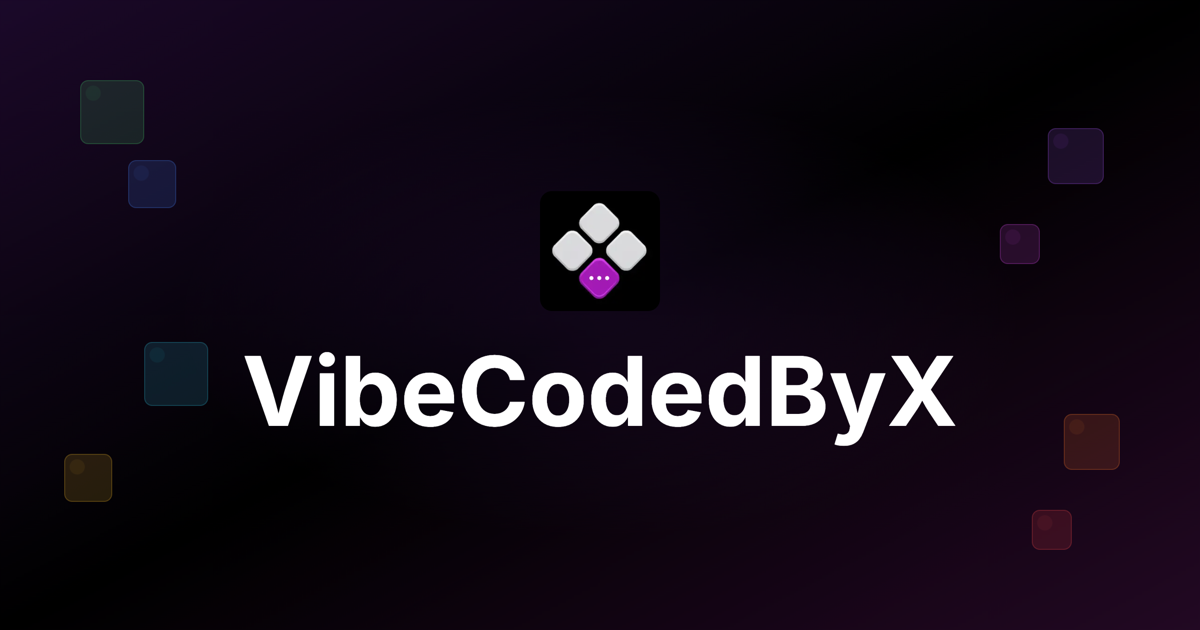Editing remains the most human part of the process — the one that separates the generic, read-them-a-hundred-times pieces from the ones that actually spread.
AI-generated text often reads as competent but hollow. It knows the form, not the intent. The sentences line up neatly, but the argument underneath is thin. This is where judgment and specificity matter most, where I connect the words to the product’s reality, the customer’s context, the company’s point of view, or my own experience.
Most of the clichés that appear in AI drafts don’t come from the model itself; they come from vague thinking in the prompt. The model can’t invent depth that isn’t there. When I refine an AI draft, I’m not just polishing its style. I look at every sentence and ask: Is this exactly what I want to say, or just an averaged version of it?
That averaging is the essence of AI’s “voice.” It doesn’t think, it predicts. It builds each next word by calculating what’s statistically most likely to appear, given everything it’s read before. The result is what I call flattening: language that’s factually correct but emotionally weightless. It sounds like everyone and no one at once.
Sometimes, this happens because the model is overfitting to consensus — repeating the safest phrasing that appears most often across its training data. The same phrases rise to the top not because they’re the best, but because they’re the most common. That’s why so much AI-generated writing feels strangely familiar: it’s a mirror of the average internet sentence.
Human writing, on the other hand, thrives on friction — the tension of a thought that tells a whole story already, the odd phrasing that reveals a mind behind the words, the one single paragraph that seems to read your mind. Specificity gives a text its texture. It’s what makes a reader pause and think, yes, that’s exactly how it feels.
At this stage, I either create multiple versions of the copy through different angles — outcome-led, benefit-led, feature-led (if it’s products content). Or I work with the AI on every single paragraph one by one.
I’ll push AI to explore each one separately, then read through the drafts, mixing and matching the best fragments. A paragraph from one version, a line from another. And then my edits. It sounds like a lot of work, and it is.
But it helps me do better work than I could have done alone.
.png)




